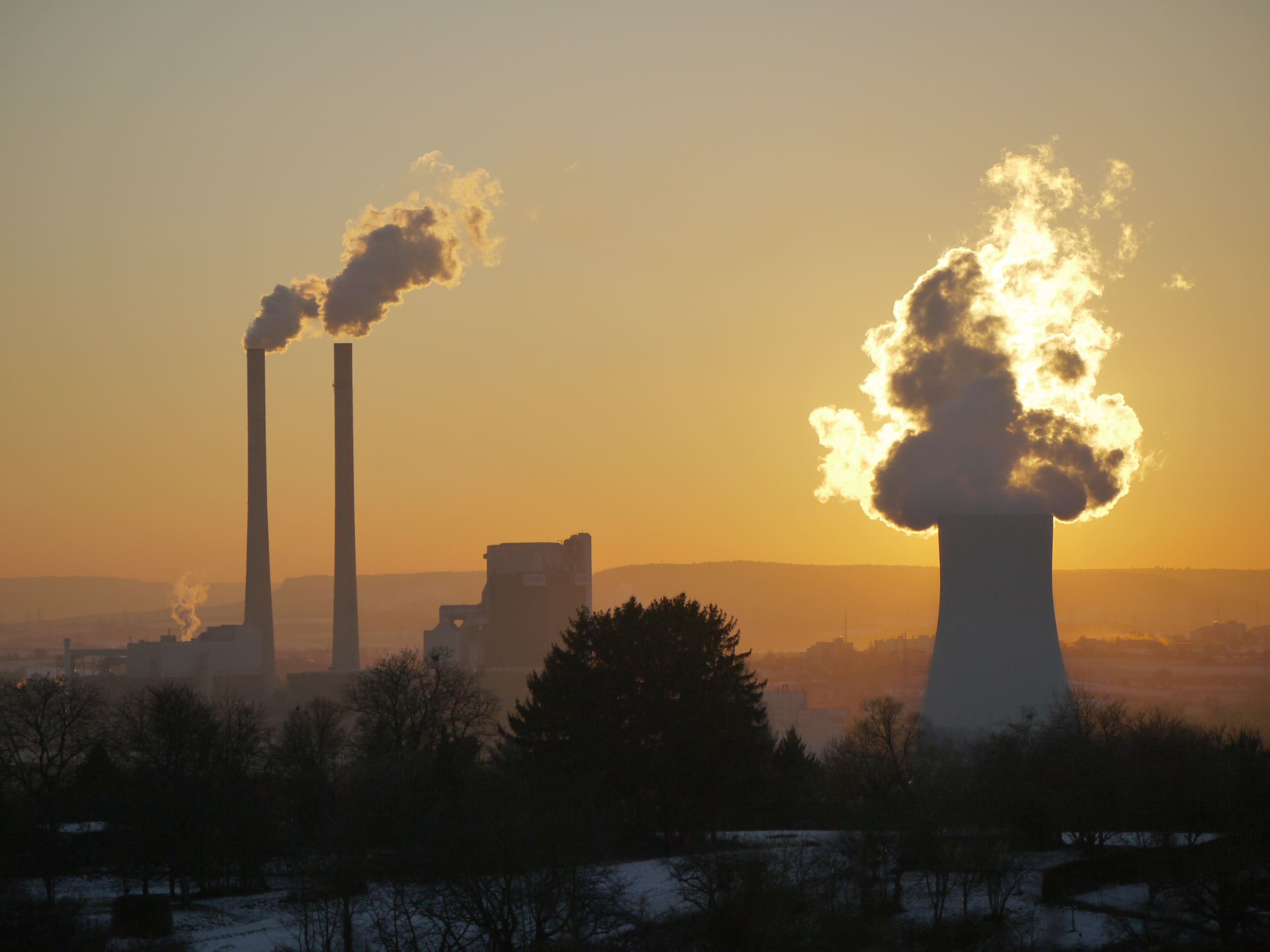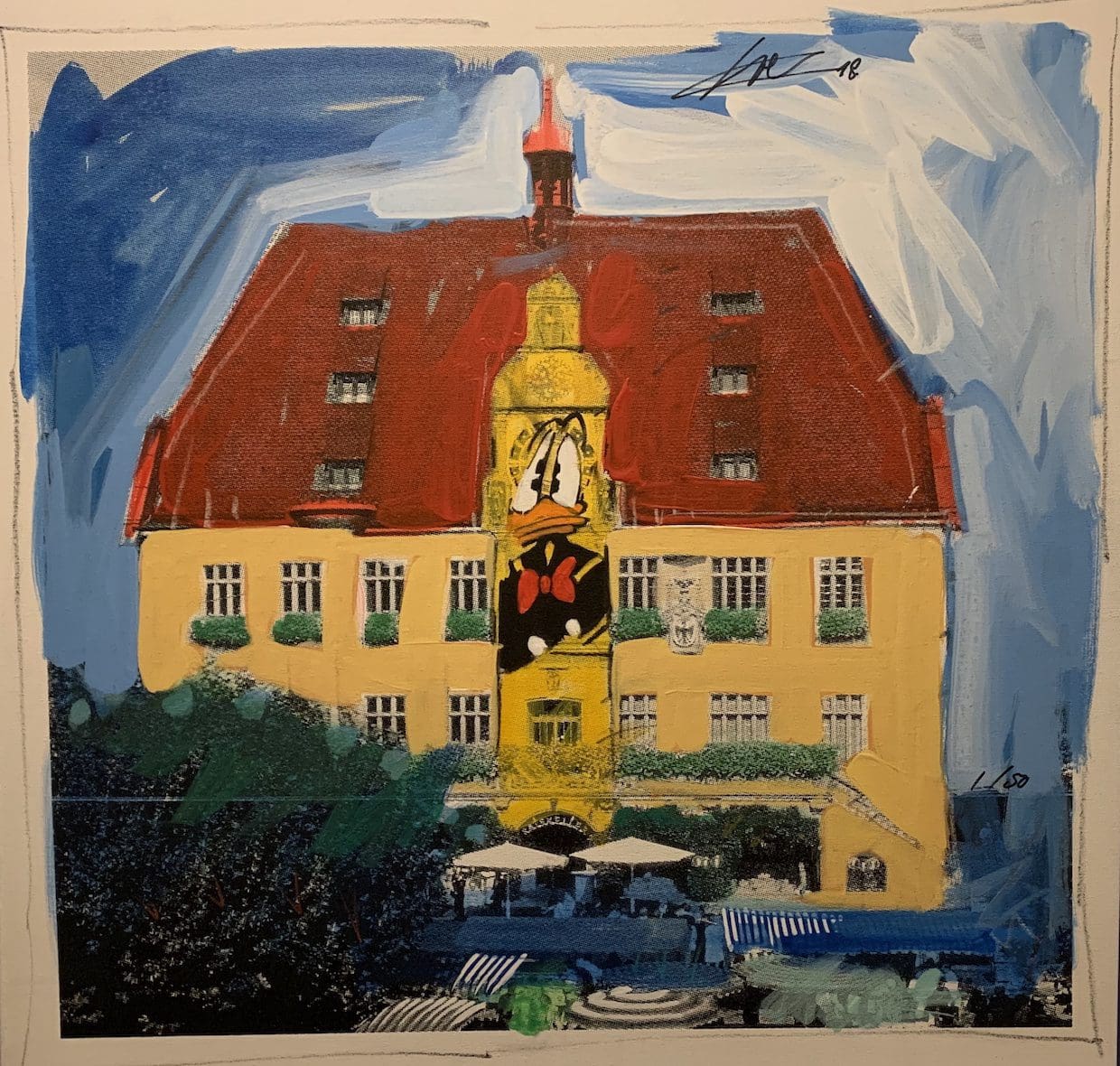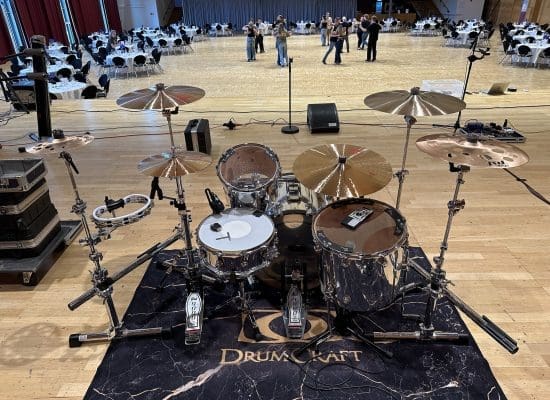Feature photo: Heilbronn power plant | © Monika on Pixabay
Although electricity continues to come from the socket for all of us, it is well known that it has to be produced in advance — at least for some fellow citizens. Ideally, electricity is produced where it is consumed, but what is ideal these days? In addition, a decision was made very early in favor of more centralized power generation and to this day all efforts at decentralized energy generation are counteracted with all available means. In my opinion, this has to do with the fact that we have also decided to take a unique approach to power generation, namely to privatize the profits generated and to nationalize all costs and damage incurred, i.e. to charge the general public.
And not for technical reasons, which would actually have existed a little longer with nuclear power plants, but for reasons of profit maximization, large power plants are still state of the art today. And here, too, decisions are still not made according to efficiency or compatibility or sustainability, but only who can and may benefit from it. Energy production and the resulting energy trade no longer serve primarily to supply energy, but have become another political instrument of redistribution; but rather into the pockets of a few high earners.
As already written, the damage, damage and consequential costs remain with us citizens and this at least for centuries. Nuclear power, so demonized, would probably have done better overall, but it was solely due to ideology, not wanted. The relevant discussions in the 1970s, which also addressed the harmfulness of coal-fired power plants, ended when the people of Heilbronn were presented with two 250 m high chimneys that were supposed to transport all the dirt to Scandinavia or the Eastern Bloc.
That was enough for us Heilbronners and the discussions about the local pollution and the supposed 50 dead Heilbronners per year were stopped. The ideologues now concentrated again on the danger of nuclear power, which, however, could shine with less damage to the population - but what are dead fellow citizens and sick children if you can put yourself in the best light with ideological frippery!
And since we still don't want decentralized small power plants or even alternative energy production, I'm already looking forward to the heated discussions about a few wind turbines on the Wartberg, and even punishing those fellow citizens who want to supply themselves with solar energy at their own expense, which is what we need until further notice, large power plants that supply us with energy. And since we can't find any friends for power lines either, we continue to do so, and rightly so, wherever possible, where the power is needed.
The coal-fired power plant in Heilbronn is such a large power plant, mainly because the nuclear power plants in Neckarwestheim and Obrigheim were recently shut down. Interestingly, we also decided in advance against a waste incineration plant and also put enough obstacles in the way of laying the necessary gas lines to Heilbronn, which would be necessary for a gas power plant.
Which probably led to the energy companies concentrating on Stuttgart, Mannheim and Karlsruhe and the necessary investments on these locations for a long time. This first led to a Baden-Württemberg prankster, which could probably only be pushed through with the Greens, namely that we now truck the Heilbronn waste to Stuttgart and Mannheim, where we thermally recycle it and then the waste products that the environment over Centuries burden, again transported by truck to Heilbronn for final storage in the salt mine.
What many citizens don't know is that Heilbronn has now become the preferred repository for hazardous waste of all kinds, including weakly radioactive ones, and so in a few years the nuclear waste, at least that from Neckarwestheim, will probably also get there. It is only logical that the Heilbronn power plant is now also allowed to burn some sewage sludge, the waste products of which are also stored in the salt mine.
Secondly, this recently led to the first disintegration of the power plant (Block 7), which is in regular operation and which, by the way, is one of the dirtiest and most harmful in Germany, which now clumsily and secretly led to the even dirtier Blocks 5 and 6, which had already been shut down returned to full-load operation. All of this was only worth a side note for the voice of Heilbronn.
It now seems completely unclear what will happen next with the Heilbronn power plant. Will blocks 5 and 6 remain connected to the grid until they also fall apart or at least until block 8 (planned gas-fired power plant) can go into operation in 2026 at the earliest? Or will Block 7 be repaired again? And what happens afterwards with blocks 1 to 7? Do they still stand around in the landscape when cows are already grazing on the former power plants in Neckarwestheim and Obrigheim? If block 8 is actually completed in 2026, will we be able to do it, which will then also be connected to a necessary gas pipeline? Will Block 8, and ideally the gas line, be able to be operated with hydrogen?
As I only found out today, I also wanted to dr Erhard Jost, a Heilbronn municipal councilor, at the last municipal council meeting, knew from the mayor why the public was only informed a week after the accident in the Heilbronn power plant and how long the power supply should continue to be provided via blocks 5 and 6, which are no longer in operation and may only be operated to ensure security of supply?
Apparently the mayor not only insulted him personally, but also accused him of spreading conspiracy theories. But let's let the OB speak for himself:
“At the Heilbronn site, the coal-fired boilers 5 + 6, 7 and an auxiliary steam boiler (HIDE) are currently still in operation. The coal-fired blocks 5 + 6 have been subject to the regime of the reserve power plant ordinance since April 10.04.2015, XNUMX and may therefore no longer be used by EnBW from an economic point of view, but exclusively to ensure security of supply (grid stability). They may only be used under the direction of the transmission system operator / the Federal Network Agency.
The operating times of blocks 5 + 6 are or have been drastically reduced as a result. At units 5 + 6 and at the auxiliary steam generator (HIDE), the mercury emissions are determined by individual measurements at intervals of three years. The last individual measurements on blocks 5 + 6 and the HIDE were carried out in 2013. The limit values were safely complied with here.”
Mayor Harry Mergel, January 27.1.2016, XNUMX







Where does the electricity actually come from?
Here you can see it:
https://www.stromdaten.info/ANALYSE/production/index.php
I don't get that clever from the list, at least not quickly. Gas and coal aren't there, are they? Or is that even offset against the electricity import? Or is that part of the base load, which doesn't play a role there and is therefore completely ignored?
The Stromdaten.info site offers numerous diagrams in which you can define the displayed parameters yourself (those are the colorful boxes above) and in which you can also switch the data sources (are the control fields on the right-hand edge), all of which are "official" by the way. pages are - in addition, you can freely choose the periods under consideration.
A very nice tool even to visualize the statements of the various "energy experts" and to check them. Requires a bit of work, of course, but is very powerful.
To the energy sources:
At the top you can also show/hide the regenerative and conventional generators - just check everything and it will look like this:
https://www.stromdaten.info/ANALYSE/production/index.php?Z9=8b7p8wte
Thank you Mr Duke!